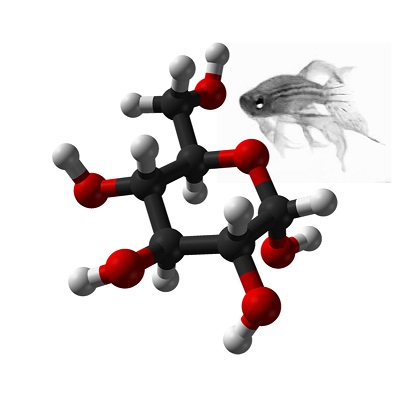Ambrosini, Grazia, Anjali K Nath, Roc\ \io Sierra-Honigmann, and Jaime Flores-Riveros. 2002. “Transcriptional Activation of the Human Leptin Gene in Response to Hypoxia. Involvement of Hypoxia-Inducible Factor 1”. J Biol Chem 277 (37): 34601-9.
Abstract
In addition to having a major role in energy homeostasis, leptin is emerging as a pleiotropic cytokine with multiple physiological effector functions. The recently discovered proangiogenic activity of leptin suggested the hypothesis that its production might be regulated by hypoxia, as are other angiogenic factors. To examine this proposal, the expression of leptin protein and mRNA was measured and found to be markedly up-regulated in response to ambient or chemical hypoxia (upon exposure to desferrioxamine or cobalt chloride), an effect that requires intact RNA synthesis, suggesting a transcriptional mechanism. Transient transfection of cultured cells with deletion constructs of the leptin gene promoter linked to a reporter gene revealed a functional hypoxia response element (HRE) located at position -116 within the proximal upstream region. This putative HRE harbors a characteristic 5’-RCGTG-3’ core motif, a hallmark of hypoxia-sensitive genes and recognized by the hypoxia-inducible factor 1 (HIF1), which consists of a HIF1alpha/HIFbeta heterodimer. Constructs harboring this -116/HRE supported reporter gene expression in response to hypoxia but not when mutated. Expression of HIF1alpha cDNA in normoxic cells mimicked hypoxia-induced reporter gene expression in cells cotransfected with the wild type leptin -116/HRE construct but not with the mutant. Gel shift assays with a (32)P-labeled leptin promoter -116/HRE probe and nuclear extracts from hypoxia-treated cells indicated binding of the HIF1alpha/beta heterodimer, which was blocked with an excess of unlabeled -116/HRE probe or a HIF1-binding probe from the erythropoietin gene enhancer. Taken together, these observations demonstrate that the leptin gene is actively engaged by hypoxia through a transcriptional pathway commonly utilized by hypoxia-sensitive genes.
Last updated on 03/22/2023
